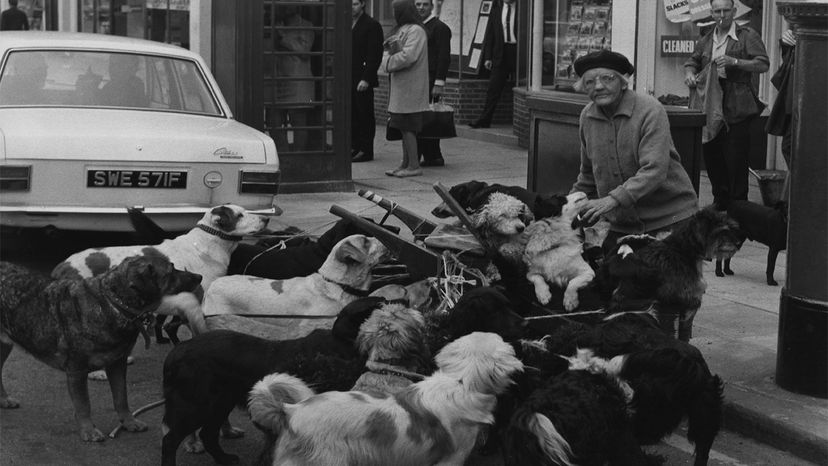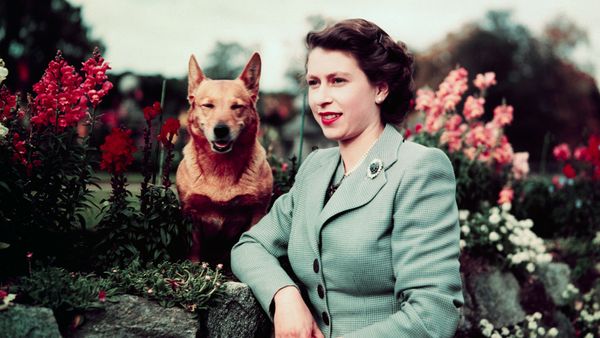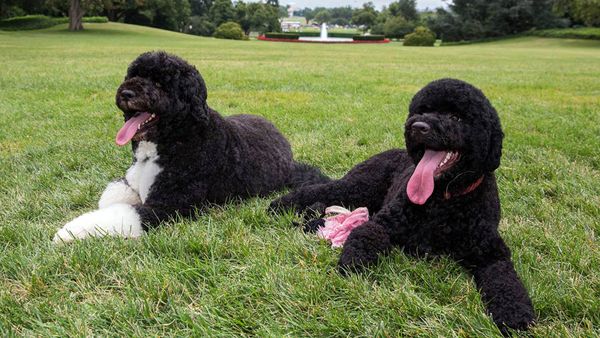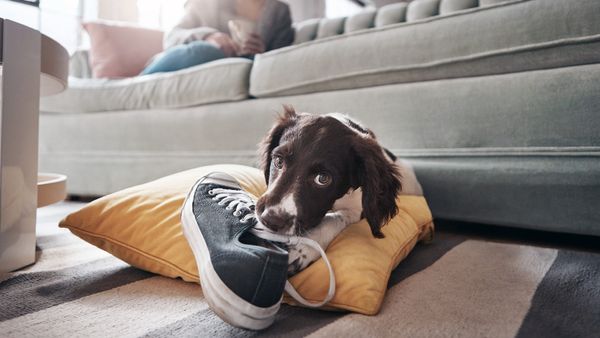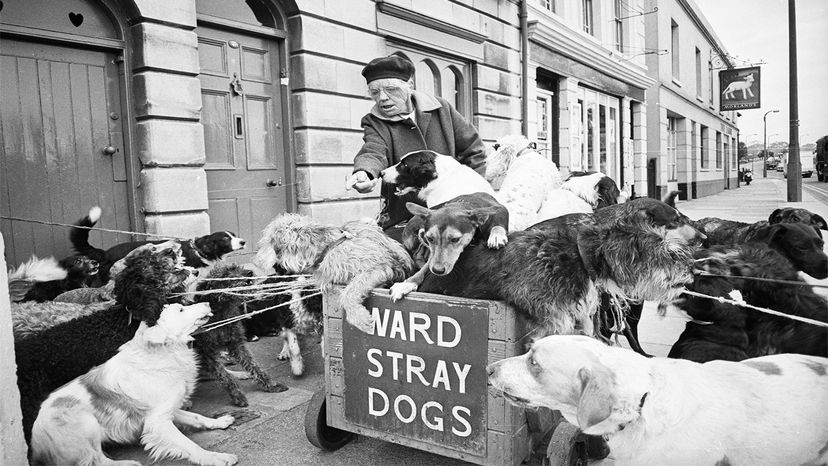
It's 1975 and traffic is backed up on London Road, which runs right through the center of Camberley, England. Motorists are impatient, honking their horns and leaning out windows to see why there is a delay. Somewhere ahead, a spritely woman wearing a beret atop her gray hair is navigating a handmade two-wheel pushcart down the center of the road, taking at least two dozen dogs on an outing. Most of the former strays are tied to the green-painted cart with a bit of string, while the infirm among them are seated in the cart. A couple of the dogs bound unleashed beside the woman. Most of them are barking up a storm and wagging their tails, living their best lives.
Meet Kate Ward, later known as "Camberley Kate," who may well have been the U.K.'s first dog rescuer. Near this small town, with a current population of less than 40,000, about 35 miles (56 kilometers) southwest of London, Camberley Kate single-handedly took in and cared for at least 600 dogs (and several cats) from 1943 until her death Aug. 4, 1979, at age 84.
Advertisement
"She would harness all the dogs up to her cart and set off for town to visit the butchers for bones, and quite often this would hold up all the traffic, but she ignored the honks from impatient drivers," says Heather Driscoll-Woodford, curator of the Remembering Camberley Kate Facebook page, in an email interview. "So it was quite a spectacle and became something that people associated with the town: the lady with all the dogs."
